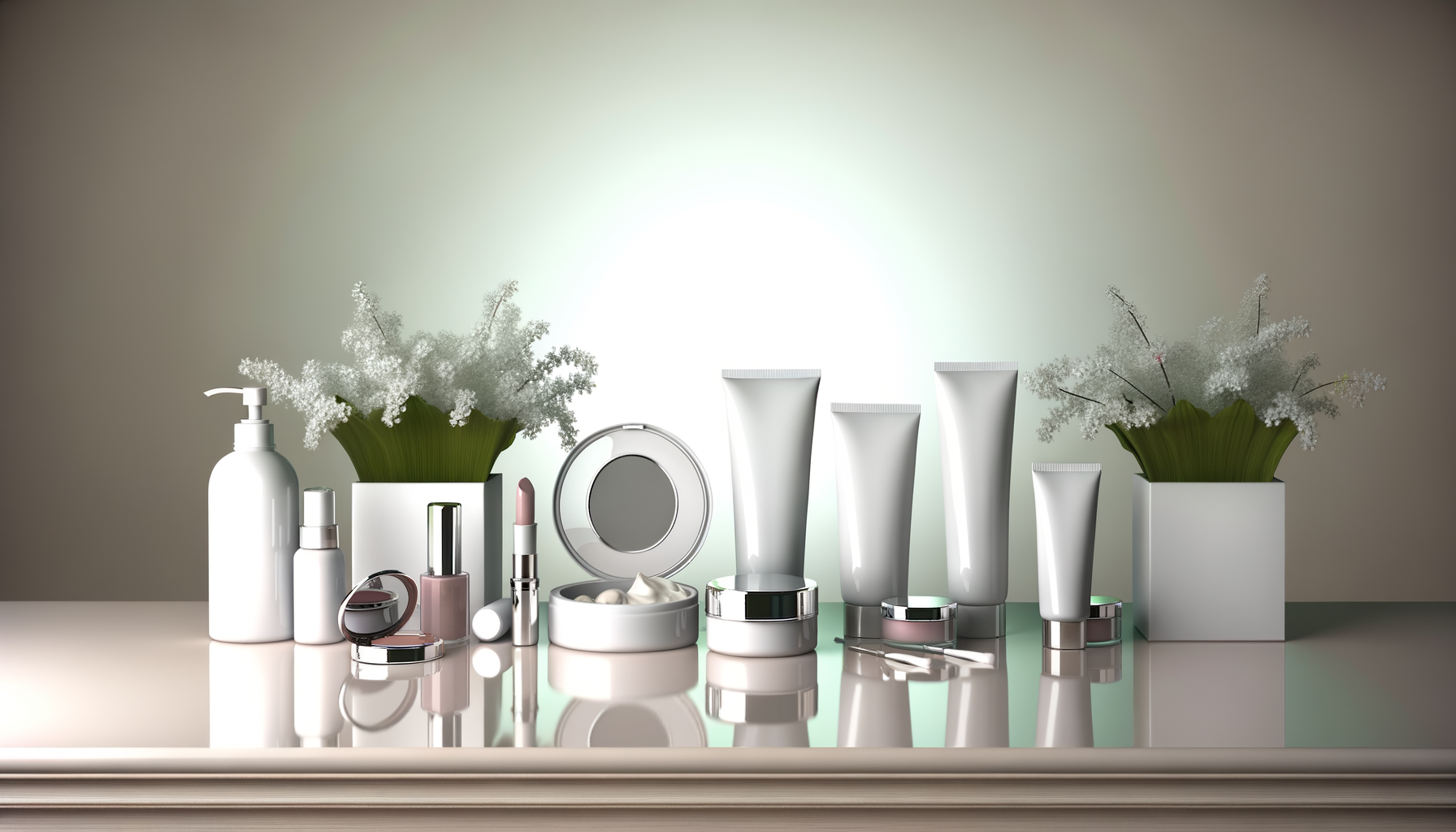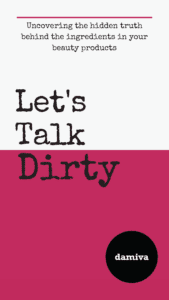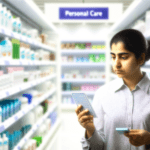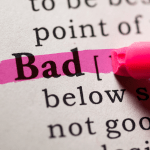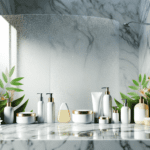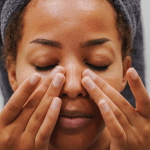Introduction to Cosmetic Safety Concerns
Harmful chemicals in cosmetics is a problem, some say much larger than the tobacco industry. The cosmetics industry is a global powerhouse, generating billions of dollars in revenue each year. With a vast array of products ranging from skincare and makeup to hair care and fragrances, the industry caters to a diverse clientele seeking to enhance their appearance and personal hygiene. The United States alone has seen a steady increase in cosmetic sales, reflecting a society deeply engaged with beauty and personal care trends. However, beneath the surface of this thriving market lies a growing concern over the safety of cosmetic products.
Historical Context of Cosmetic Regulation
The regulation of cosmetics has evolved over time, with significant milestones shaping the current landscape. In the early 20th century, the lack of oversight led to widespread use of harmful substances in beauty products, prompting calls for reform. The U.S. Food, Drug, and Cosmetic Act of 1938 established the Food and Drug Administration’s (FDA) authority over cosmetics, setting standards for safety and labeling. Despite these regulations, the industry has largely remained self-policed, with companies responsible for ensuring the safety of their own products.
The Role of the FDA in Cosmetic Safety
The FDA’s role in cosmetic safety is limited compared to its authority over drugs and medical devices. While the agency can request recalls and monitor adverse reactions, it does not have the power to approve cosmetics before they hit the market. The FDA relies on manufacturers to conduct safety assessments and report any harmful effects. This hands-off approach has led to concerns about the adequacy of the FDA’s ability to protect consumers from potentially toxic ingredients in cosmetics.
Public Perception and Demand for Safer Cosmetics
Public awareness of cosmetic safety has increased, with consumers becoming more vigilant about the ingredients in their personal care products. The demand for transparency and safer formulations has grown, leading to a surge in “clean beauty” products free from certain controversial chemicals. This shift in consumer behavior is pressuring the industry to reevaluate its practices and prioritize safety without compromising on quality and efficacy.
In conclusion, while the cosmetics industry continues to flourish, the safety of its products remains a significant concern. The historical context of cosmetic regulation, the limited role of the FDA, and the changing public perception all highlight the need for a more robust framework to ensure the well-being of consumers. As we delve deeper into the specifics of cosmetic safety, it is clear that a balance must be struck between the allure of beauty products and the assurance of their harmlessness.
The Toxic Twelve: Chemicals of Concern in Cosmetics
Defining the ‘Toxic Twelve’
The “Dirty Dozen” or “Toxic Twelve” is a term coined to identify a group of hazardous chemicals commonly found in cosmetic and personal care products. These substances have been linked to a variety of health issues, ranging from skin irritations to more serious conditions such as cancer and endocrine disruption. The list includes, but is not limited to, butylated hydroxyanisole (BHA), coal tar dyes, diethanolamine (DEA), dibutyl phthalate, formaldehyde-releasing preservatives, parabens, fragrance (parfum), polyethylene glycols (PEG compounds), petrolatum, siloxanes, sodium laureth sulfate, and triclosan.
Sources and Uses of These Chemicals in Cosmetics
The Toxic Twelve chemicals are used in cosmetics for various purposes. For instance, parabens and formaldehyde-releasing preservatives are used to prevent bacterial growth, extending product shelf life. Fragrances are added to products to create a pleasant scent or mask the odor of other ingredients. Petrolatum is often used for its moisturizing properties, while PEG compounds serve as thickeners or solvents. Coal tar dyes and siloxanes are used for coloring and smoothing respectively. These chemicals are found in a wide range of products, including shampoos, moisturizers, makeup, and more. At the root of the use of chemicals is that most skincare uses water as base. This provides a breeding ground for bacteria and microbial growth, which then has to be prevented with toxic “preservatives”. Without water, there would be no need for preservatives, in most cases.
Health Impacts Associated with the Toxic Twelve
The health impacts of the Toxic Twelve chemicals can be significant. Parabens and phthalates have been associated with endocrine disruption, which can lead to reproductive issues and increased cancer risk. Formaldehyde and its releasers, along with coal tar dyes, have been linked to allergic reactions and cancer. DEA-related ingredients can result in skin and eye irritation and are potentially carcinogenic. The use of fragrances has been connected to allergies, dermatitis, and respiratory distress. PEG compounds, often contaminated with ethylene oxide and 1,4-dioxane, are concerning due to their carcinogenic nature. Triclosan can affect thyroid function and contribute to antibiotic resistance.
Regulatory Status of the Toxic Twelve
The regulatory status of the Toxic Twelve chemicals varies. In the United States, the Food and Drug Administration (FDA) does not require pre-market approval for cosmetics, which means many of these chemicals are not thoroughly evaluated for safety before being sold. Some retailers and manufacturers have taken voluntary steps to exclude or limit certain toxic chemicals from their products. Internationally, the European Union has stricter regulations, banning or restricting many of these substances in cosmetics. Consumers are increasingly relying on third-party organizations and databases, such as the Environmental Working Group’s Skin Deep database, to inform their choices regarding safer cosmetic products.
Scientific Evidence of Harm
Studies on Endocrine Disruption
Endocrine-disrupting chemicals (EDCs) in cosmetics have raised significant concerns due to their potential to interfere with the hormone system. These substances, such as phthalates and parabens, can mimic or block hormones, leading to a cascade of health issues. Studies have shown that EDCs may be linked to reproductive problems, obesity, diabetes, and neurological issues. The International Journal of Research in Medical Sciences has documented the effects of organohalogens and phthalates on early puberty, highlighting the profound implications of EDCs on child development.
Cancer and Reproductive Toxicity Research
Research has consistently raised alarms over the presence of carcinogens in cosmetics. Ingredients like formaldehyde, coal tar dyes, and certain preservatives have been associated with an increased risk of cancer. The California Safe Cosmetics Act of 2005 requires disclosure of products containing ingredients known or suspected to cause cancer or reproductive toxicity, emphasizing the gravity of this issue.
Effects on Child Development and Early Puberty
Children are particularly vulnerable to toxic chemicals in cosmetics. Exposure to phthalates, for instance, has been linked to male reproductive tract malformations and other developmental issues. The Journal of Research in Medical Sciences has published systematic reviews on the impact of environmental exposure to EDCs on early puberty, suggesting that these chemicals can disrupt the timing of developmental milestones.
Nonmonotonic Dose Responses and Low-Dose Effects
The traditional belief that ‘the dose makes the poison’ may not hold true for hormone-disrupting chemicals. Nonmonotonic dose responses indicate that even low levels of exposure can have significant effects. The Endocrine Reviews journal has highlighted that low-dose exposures to EDCs can lead to adverse health outcomes, challenging the conventional methods of risk assessment and calling for a reevaluation of safety thresholds in cosmetic products.
In conclusion, the scientific evidence points to a clear need for stricter regulation and oversight of cosmetic ingredients. Consumers must be informed and vigilant about the products they use, while the industry and regulatory bodies must work to ensure the safety and well-being of the public.
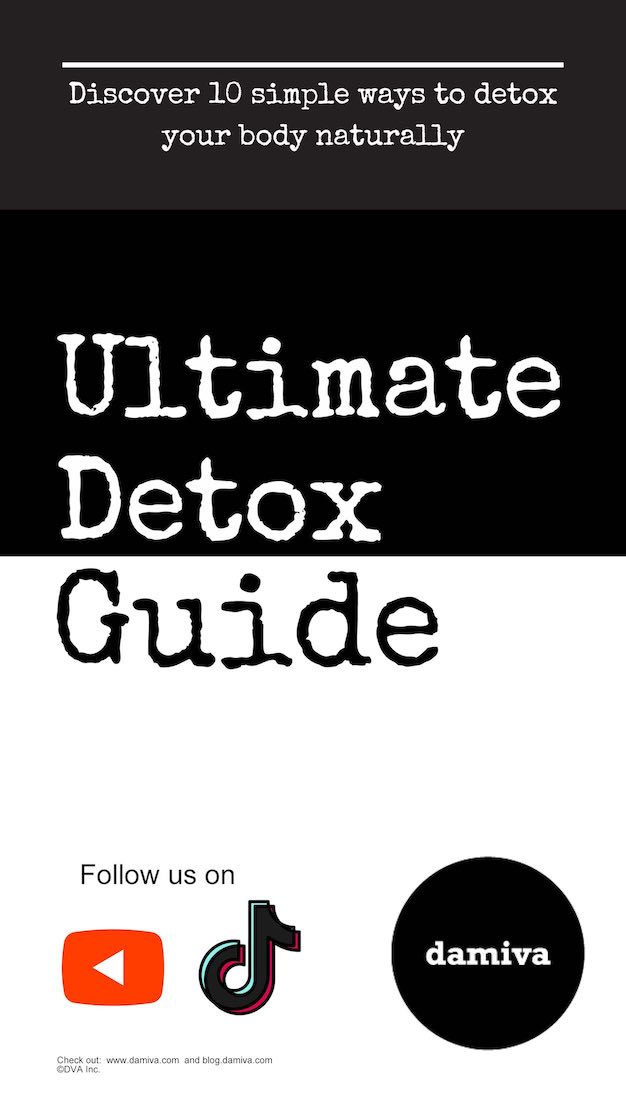
Common chemicals can hurt your gut health, your skin health, your mental health, and immune system.
Do you know the three main ways that your body gets in touch with harmful chemicals?
Knowledge is Power!
The Ultimate Detox Guide will tell you how to lower your exposure to harmful chemicals!
Regulatory Gaps and Global Standards
Comparison of US Regulations with International Standards
The regulatory landscape for cosmetics safety varies significantly across the globe, with the United States often lagging behind other countries in terms of stringent safety standards. In the US, the Food and Drug Administration (FDA) does not require pre-market approval for cosmetics, which contrasts sharply with the European Union (EU), where a robust regulatory framework mandates safety assessments prior to market entry. The EU’s Regulation (EC) No 1223/2009, for instance, includes a comprehensive list of banned substances and strict labeling requirements. This discrepancy highlights a significant gap in safety assurance, with the US relying more on post-market surveillance and voluntary compliance by manufacturers.
Voluntary Measures by Cosmetic Companies
In response to consumer demand for safer products and the absence of stringent regulatory requirements, some cosmetic companies have taken voluntary measures to eliminate or reduce the presence of harmful chemicals in their products. These self-imposed standards often exceed the minimal legal requirements, particularly in the US. Companies may engage in third-party certifications, adopt corporate policies that align with international safety standards, or develop their own restricted substance lists that are often more comprehensive than those enforced by US regulations. However, it has not led to a status that can be considered satisfactory; it is far from that.
The Role of Non-Governmental Organizations (NGOs)
NGOs play a critical role in advocating for safer cosmetics by conducting independent research, raising public awareness, and lobbying for legislative change. Organizations such as the Environmental Working Group (EWG) have been instrumental in highlighting the presence of toxic, harmful chemicals in cosmetics and pressuring companies and lawmakers to prioritize consumer health. These NGOs often serve as watchdogs, filling the void left by regulatory agencies, and provide valuable resources to consumers seeking safer products.
Challenges in Enforcing Safety Standards
Enforcing safety standards for cosmetics is fraught with challenges. The global nature of the cosmetics market complicates regulatory oversight, as products manufactured under different safety regimes circulate across borders. Additionally, the rapid pace of product development and the use of complex chemical formulations make it difficult for regulators to keep up. In the US, the lack of mandatory reporting and the FDA’s limited authority to recall harmful products further impede effective enforcement. These challenges underscore the need for a more proactive and precautionary approach to cosmetic safety regulation.
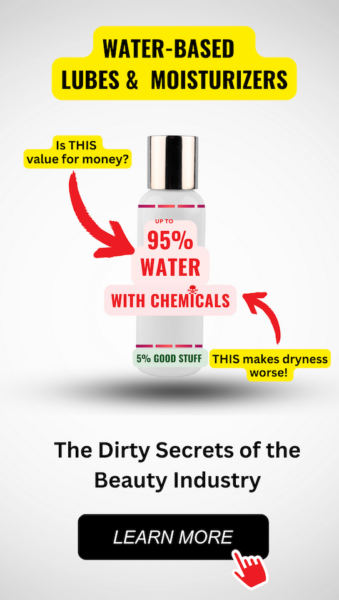
Feeling You Have a Right to Safe Beauty & Fem Care?
If so, it may be time for a change. It starts with knowledge. We have a few suggestions in our new guides.
Consumer Awareness and Advocacy
The Impact of Consumer Advocacy Groups
Consumer advocacy groups have played a pivotal role in raising awareness about the dangers of potentially harmful chemicals in cosmetics. These organizations work tirelessly to educate the public on the health risks associated with the ‘Toxic Twelve’ chemicals found in many beauty products. By conducting independent research, testing products, and disseminating their findings, advocacy groups have been instrumental in pressuring the industry to reformulate products and regulators to enforce stricter safety standards. Their advocacy has led to increased consumer demand for transparency and safer ingredients in cosmetics.
Educational Resources for Consumers
With the cosmetics industry often using complex chemical names and marketing jargon, it can be challenging for consumers to make informed choices. To bridge this knowledge gap, various educational resources have been developed. Websites like the Environmental Working Group (EWG) provide databases that rate the safety of cosmetic ingredients and products. It is important though to understand that these can have conflict of interests and also that ratings are always subjective!
Additionally, consumer advocacy groups often publish guides and articles to help consumers identify and avoid products containing harmful chemicals. These resources empower consumers to make choices that align with their health and safety concerns.
The Power of Consumer Choices
Consumers wield significant power through their purchasing decisions. By choosing products free from the ‘Toxic Twelve’ chemicals, consumers send a clear message to the industry about their priorities. This demand for non-toxic products has led to a surge in the clean beauty market, with more companies formulating products that are both effective and safe. As consumers continue to prioritize health over harmful chemicals, the industry is compelled to adapt, leading to a broader availability of safer cosmetics.
The problem is, there are thousands of other chemicals out there. And for instance, parabens are often being replaced by other chemicas that are worse – but have less data. So focussing on the dirty dozen / toxic twelve is falling short to address the problem. Consumers would be better off to avoid products with chemicals completely.
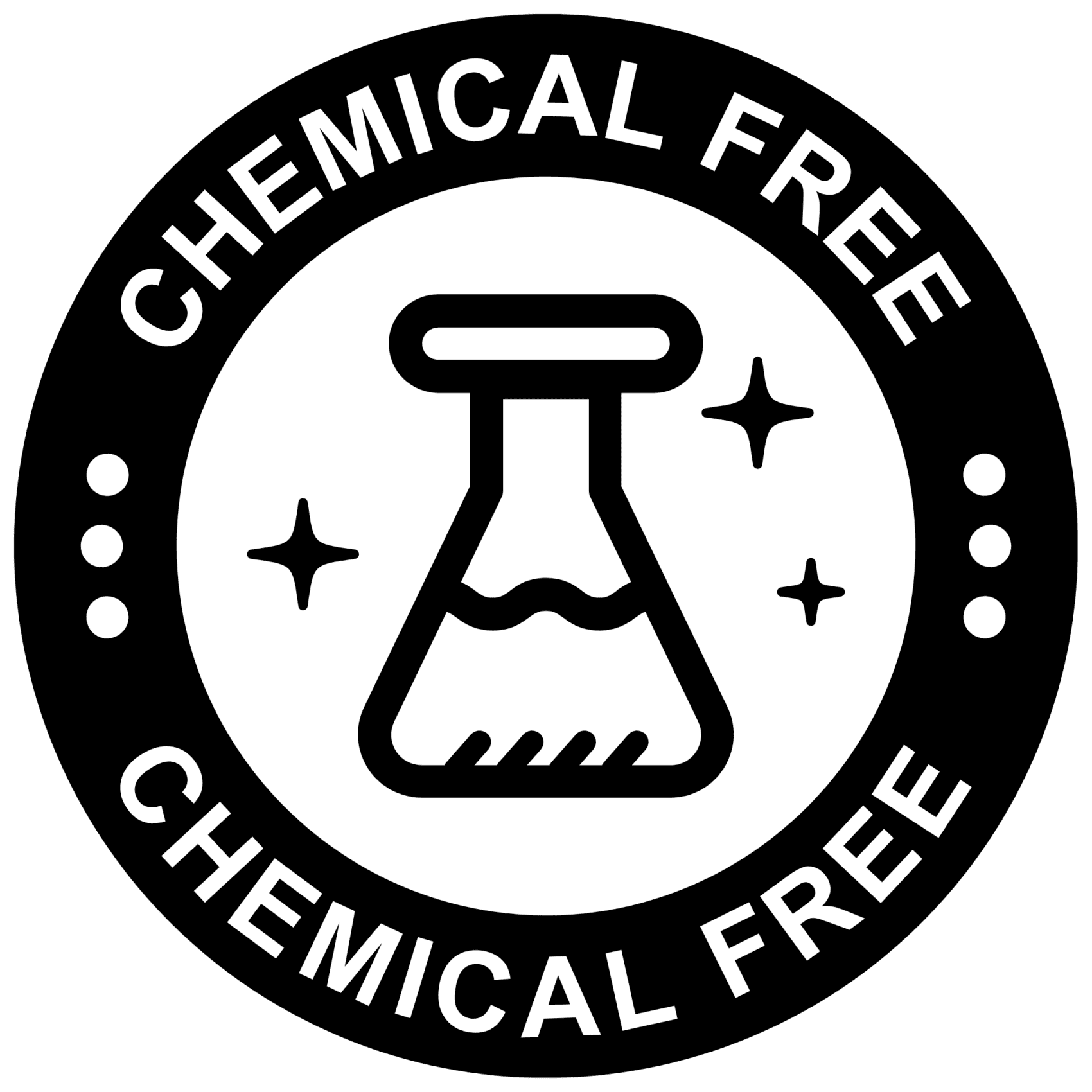
Doubting chemicals in skincare and femcare? Well done! Choose chemical-free products whenever possible.
Case Studies of Consumer-Driven Change
Consumer advocacy has led to some changes within the cosmetics industry. For instance, the campaign against mercury in skin whitening creams has resulted in bans and recalls of products exceeding safe mercury levels. Another example is the push against phthalates, which has led some major retailers to remove these chemicals from their store-brand products. These case studies demonstrate the power of informed consumers and advocacy groups in driving industry-wide changes towards abandoning some (of the many) harmful chemicals in cosmetics.
Legislative Efforts and Industry Response
History of Legislative Attempts to Regulate Cosmetics
The journey to regulate cosmetics in the United States has been a long and evolving process. The Federal Food, Drug, and Cosmetic Act (FDCA) of 1938 was the first significant legislation to impact the cosmetics industry, providing the Food and Drug Administration (FDA) with some authority over cosmetic safety. However, the FDCA has been criticized for not going far enough, as it does not require FDA approval before cosmetics reach the market. Over the years, numerous bills have been introduced to Congress to strengthen regulations, but most have not been enacted into law. Notable attempts include the Cosmetics Safety Act proposed in the 1970s and the more recent Safe Cosmetics Act of 2010, which sought to increase FDA oversight but ultimately did not pass.
Current Bills and Proposed Legislation
As of the latest information, there are new legislative efforts underway to reform cosmetic regulations. The Personal Care Products Safety Act, introduced in recent sessions of Congress, aims to give the FDA more power to regulate ingredients and recall harmful products. This bill would also require manufacturers to register their products and ingredients with the FDA, a step not currently mandated.
Industry Support and Opposition to Reforms
The response from the cosmetics industry to proposed regulatory reforms has been mixed. Some companies and industry groups, recognizing consumer concerns and the potential for increased trust through regulation, have expressed support for certain measures. However, there is also significant opposition, often centered around the potential for increased costs and bureaucracy. The Personal Care Products Council, a leading industry trade group, has historically advocated for more science-based regulation, sometimes clashing with consumer advocacy groups over the extent and nature of proposed changes. This suggests that harmful chemicals in cosmetics will be a problem for a long time and many consumers.
The Future of Cosmetic Safety Legislation
The future of cosmetic safety legislation appears to be at a crossroads. With growing consumer awareness and advocacy, there is pressure on lawmakers to act. However, the balance between effective regulation and industry flexibility remains a contentious point. The outcome will likely depend on continued advocacy, research into the effects of cosmetic ingredients, and the willingness of legislators to update the decades-old FDCA to reflect current scientific understanding and consumer expectations.
In conclusion, while the cosmetics industry has seen some regulatory oversight, there is a clear need for more comprehensive legislation to ensure consumer safety. The history of legislative attempts shows a pattern of concern but limited action, and the current landscape suggests that change may be on the horizon. It will be important for consumers, advocacy groups, and industry stakeholders to engage in the legislative process to shape the future of cosmetic safety.
Conclusion and Moving Forward
The evidence presented throughout this article underscores the urgent need for stricter regulations on the use of chemicals in cosmetics. The “Toxic Twelve” chemicals, including parabens, phthalates, and formaldehyde-releasing preservatives, among others, have been linked to a range of health issues from skin irritation to more serious conditions such as endocrine disruption and cancer. The current regulatory landscape, which often allows these harmful chemicals to be used in personal care products, is inadequate in protecting consumer health. It is imperative that regulatory bodies enforce more stringent guidelines to limit or ban harmful substances in cosmetics and ensure that safety is not compromised for beauty.
Recommendations for Consumers and Industry
- For Consumers: Be vigilant about reading labels and seek out products with fewer synthetic chemicals. Support companies that are transparent about their ingredients and commit to safer formulations. Best Advice: Only choose water-free products because they can be made without chemicals!
- For Industry: Invest in research and development of safer alternatives to the “Toxic Twelve” chemicals. Embrace full ingredient disclosure and work towards meeting or exceeding international safety standards for cosmetics.
Anticipated Developments in Cosmetic Safety
As consumer awareness grows and advocacy strengthens, it is anticipated that the cosmetics industry will see a shift towards “greener, cleaner” formulations. Advances in green chemistry are expected to lead to the innovation of safer ingredients that do not compromise efficacy or consumer appeal. This will still not mean the end of harmful chemicals in cosmetics – after all, if a chemical has no data, it can easily be promoted as “green”, “clean” or “not harmful”.
Furthermore, the rise of digital platforms and mobile applications that allow consumers to quickly assess product safety will likely influence market trends and push companies towards reformulating, so that there are less or even no harmful chemicals in cosmetics, fem care, and skin care.
Final Thoughts on Harmful Chemicals in Cosmetics and the Role of Oversight and Advocacy
The role of oversight bodies and advocacy groups is crucial in the movement towards safer cosmetics. These organizations must continue to pressure the industry for transparency and accountability, while also educating the public on the potential risks associated with certain cosmetic ingredients. Collaborative efforts between regulators, industry leaders, scientists, and consumer advocates are essential to ensure that the beauty products we use daily are not only effective but, most importantly, safe for long-term use.
Damiva is the leading brand for 100% chemical-free skin care and fem care products. Every woman deserves products that are safe and free from hormone disruptors and harmful chemicals. It’s not just about looking good; it’s about genuine health, authentic beauty, and unbridled joy.
Damiva helps women choose safe, longterm healthy, 100% all-natural, chemical-free skin & fem care to live healthier, look better and feel better.
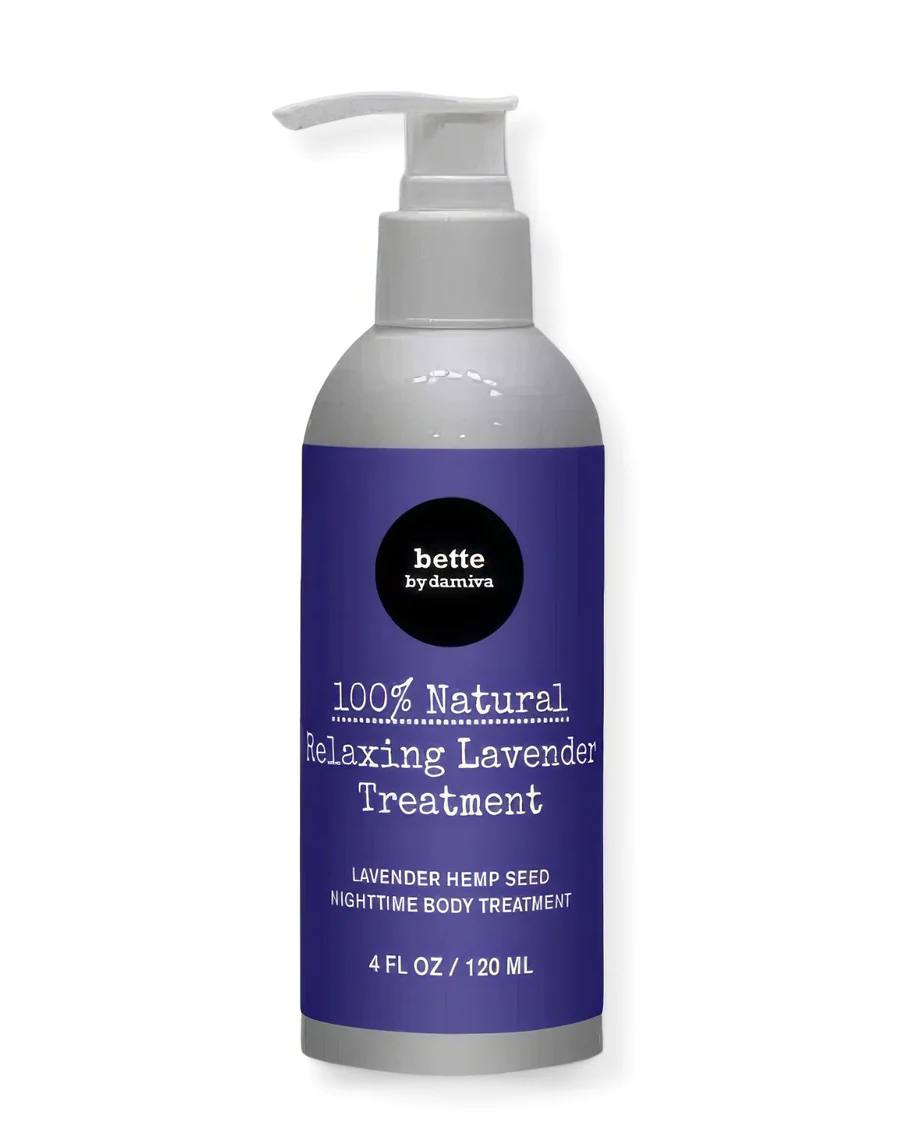
Bette 100% All-Natural Relaxing Lavender Body Lotion.
Chemical-Free
Your relaxing night time body moisturizer to leave the day’s stress behind. Decompress and wish your body good night with the calming scent of lavender.
